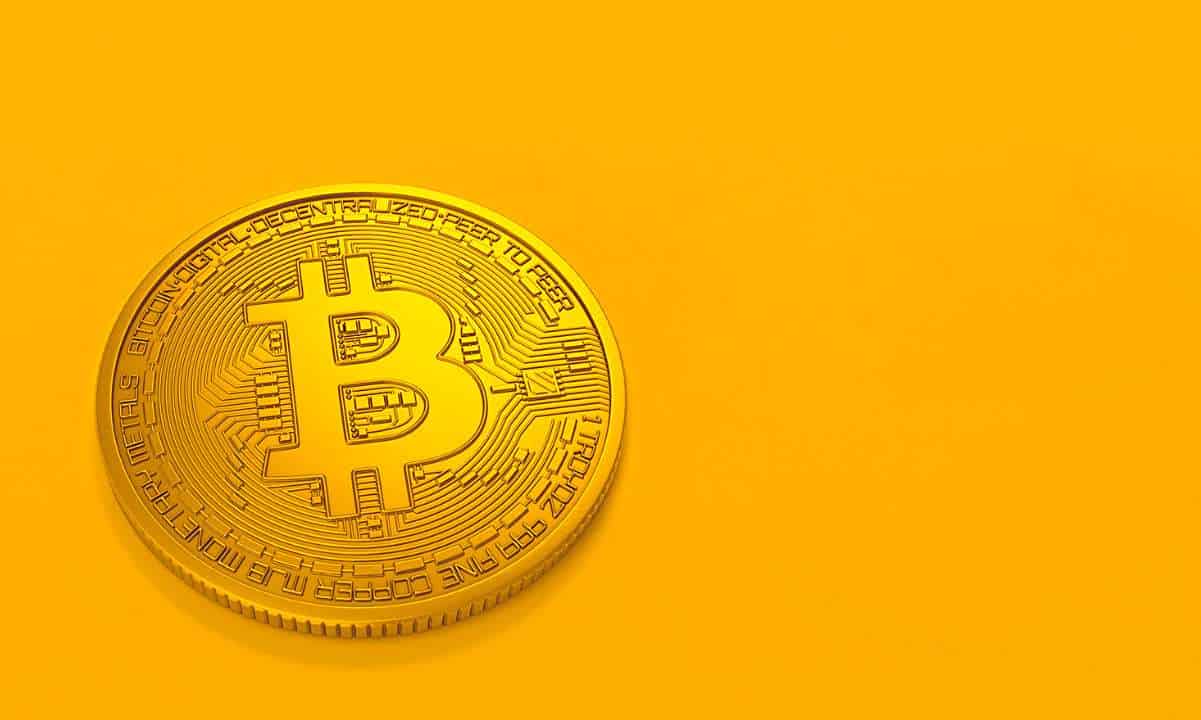

Bitcoin plunged below the $26,000 level on Wednesday extending monthly losses to nearly 15% but it has never been more difficult to mine the leading crypto-asset.
Despite a severe drawdown in price, Bitcoin’s network fundamentals have largely refrained from following the same trajectory. In fact, Bitcoin’s mining difficulty has reached an all-time high of 55.62 trillion hashes, according to the latest data from CoinWarz.
- Data suggest that the next difficulty adjustment is estimated to take place in September, increasing the Bitcoin mining difficulty from 55.62 T to 62.61 T, which will take place in 1,879 blocks. It’s worth noting, though, that this number can change a lot in the upcoming 10 days.
- Besides the difficulty, the network hash rate has also not been reactive to Bitcoin’s price, which is facing significant downward pressure after general sentiment flipped bearish last week.
- The hash rate was found to be at 402.43 EH/s, just 13% down from its recently established peak of 465 EH/s.
- The uptrend can be attributed to the fact that more mining rigs have been deployed this year after a choppy 2022.
- Over the past year, the costs of Bitcoin mining rigs have plummeted to almost their lowest historical levels.
- This decline in profitability prompted miners to capitalize on the situation, strategically positioning themselves ahead of the upcoming halving event to maintain their competitive edge.
- Moreover, Bitcoin mining stocks were also up by more than 200% YTD. Cipher Mining (CIFR), for one, surged by 389%, while stocks for Riot Blockchain (RIOT) and Marathon (MARA) soared by 228% each during the same period.
SPECIAL OFFER (Sponsored)
Binance Free $100 (Exclusive): Use this link to register and receive $100 free and 10% off fees on Binance Futures first month (terms).
Binance Free $100 (Exclusive): Use this link to register and receive $100 free and 10% off fees on Binance Futures first month (terms).
PrimeXBT Special Offer: Use this link to register & enter CRYPTOPOTATO50 code to receive up to $7,000 on your deposits.
The post appeared first on CryptoPotato






